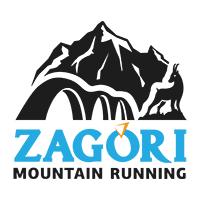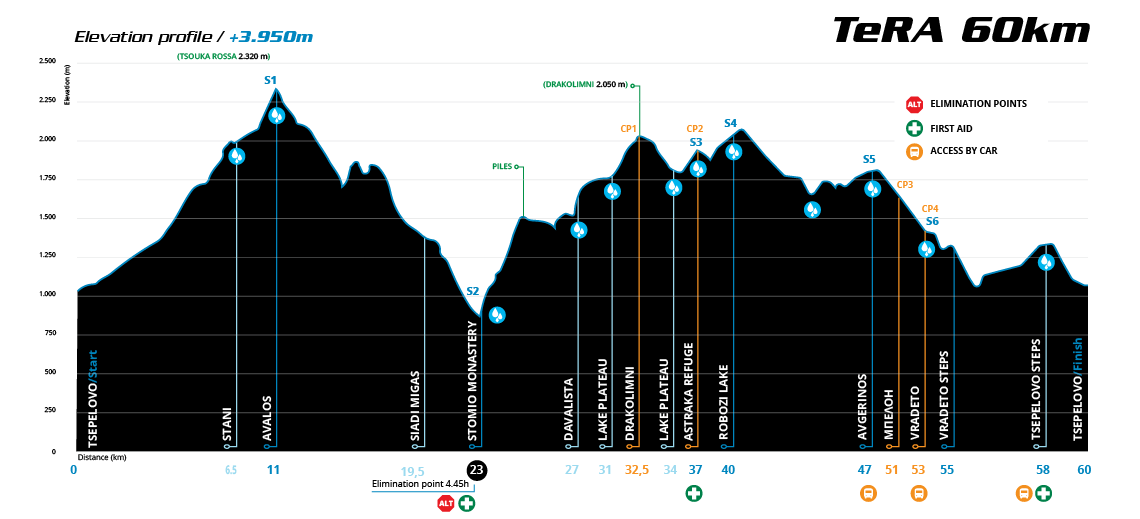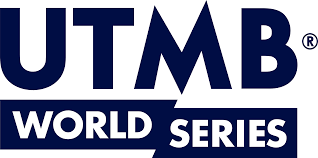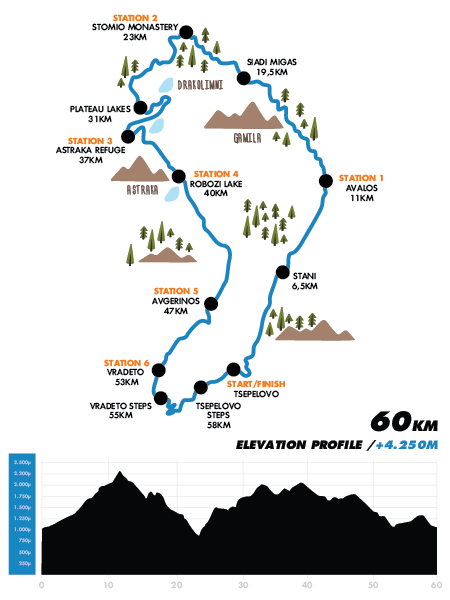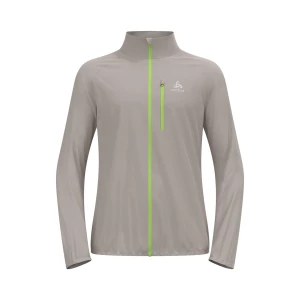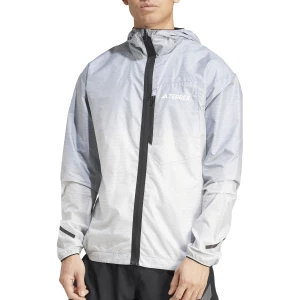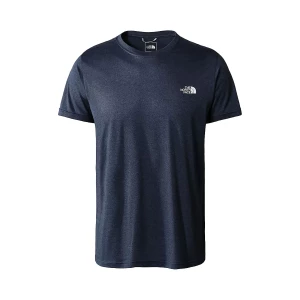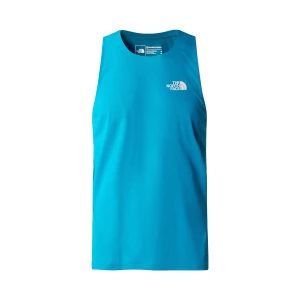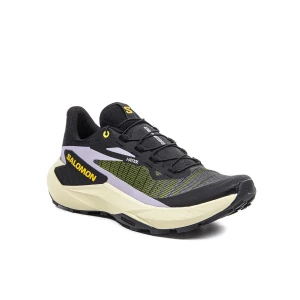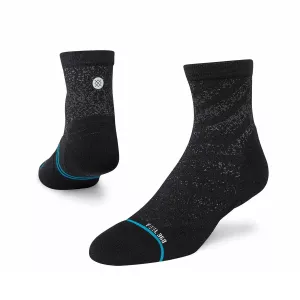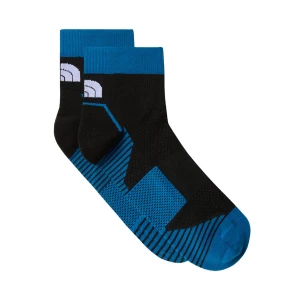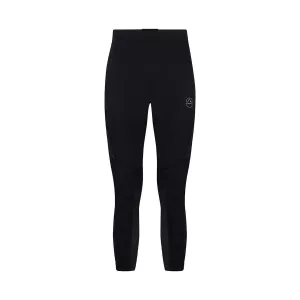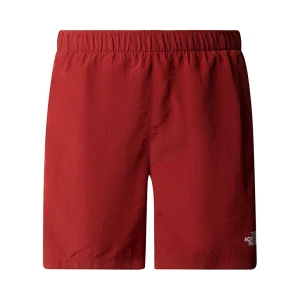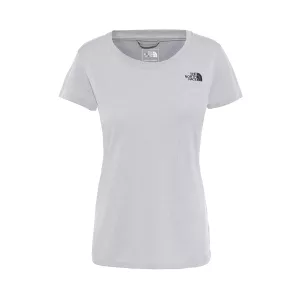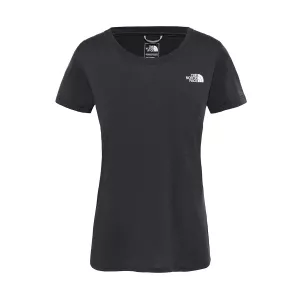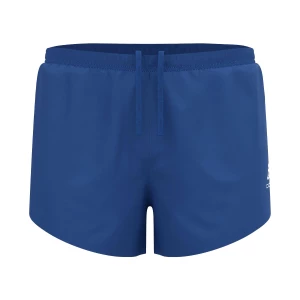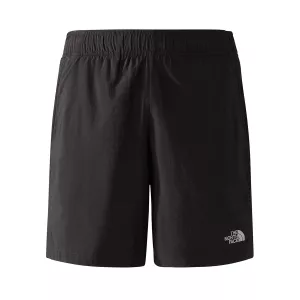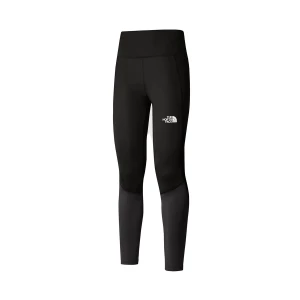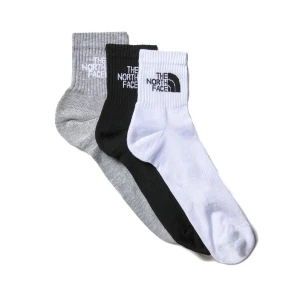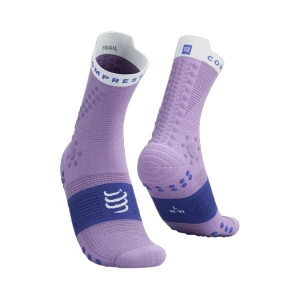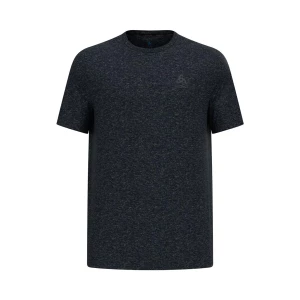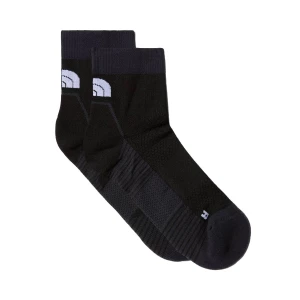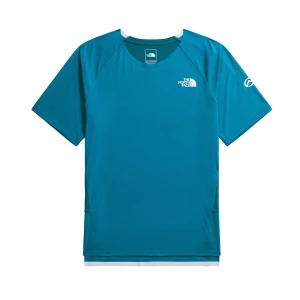TeRA
A landmark race in the history of Ultra Mountain Running
- 20/07/2024
- 05:00
A few words about TeRA
TeRA is an ultra trail race of 60km and elevation gain approximately of 4000m. It starts at 05:00 with total time limit 15h, including 1 intermediate cut-off (elimination) point.
Race description
The route is as follows:
Tsepelovo – Avalos – Siadi Mygas – Ntavalista – Drakolimni (Dragon Lake) – Astraka Refuge – Lake Rombosi – Avgerinos – Beloi – Vradeto – Tsepelovo (finish).
The race starts from the High School of Tsepelovo. After passing through the village for 1 km, it enters a dirt road for 3 kilometers and then a trail for 4.2 km. At 6.5 km, it reaches the location “STANI” (hydration) at an altitude of 1724m and +630m elevation. At 9.2 km, passing through the Megala Litharia, athletes will be able to admire the Gkoura peak to their right and the Krevvati peak of the Tymfi mountain range to their left.
At 11 km (2320m, +1315), the route passes through the Tsouka Rosa pass (Avalos). The first athletes will have the rare opportunity to witness the sunrise and the grandeur of the Aoos Gorge from the highest point of the race. An truly unforgettable experience! The route then descends for 4 kilometers to the position KATSANOS (1665m, +1375), encountering the first steep ascent where within 650m distance, it ascends 250m in elevation.
At 19.5 km, there is the enchanting location SIADI TIS MIGAS (1435m, +1712). Runners will be able to admire the imposing peak of Gamila rising to the southwest, as well as the pine trees growing on the enormous rocks. After 1.5 kilometers through dense forest and passing through the location “KALOGERIKO” (1340m, +1722), the trail becomes intensely downhill. The towering pine trees, from which one can see the entire northern side of Tymfi, offer valuable protection from any weather conditions.
At 23 km, approximately 3 kilometers before the Stomiou Monastery, is the 2nd Refreshment Station and the cut-off (elimination) point with a time limit of 4 hours and 45 minutes from the start. From this station begins perhaps the most demanding ascent of the race, leading to the passage of “NTAVALISTA” (hydration). Within 2.5 kilometers distance, the elevation gain soars by 700m.
Runners, after traversing for 2.5 kilometers under the steep slopes of Ntavalista until the wild goat’s stream, will catch their breath gazing at the plain of Konitsa and the Aoos River crossing it. After another ascent of +250m elevation gain, athletes reach LAKKA TOU TSOUMANI, at the PLATEAU of LAKES (1st Checkpoint) and Rizina Lake with its rich aquatic vegetation. At the beginning of the ascent leading to the famous DRAKOLIMNI (DRAGON LAKE) of Tymfi, there is a hydration station serving athletes at 31 km, but also on the descent at 34 km. At DRAKOLIMNI there will also be the 1st Checkpoint.
With its elliptical shape, it extends to the alpine meadow of Tymfi, captivating the runners. A rare place for our country. At 37 km, the route passes through the ASTRAKA REFUGE (Refreshment Station – Checkpoint).
The route continues towards the enchanting Rombosi Lake (40 km), descending towards Mega Lakkos where, crossing one of the most beautiful and impressive points of Tymfi, we reach the Refreshment Station of Avgerinos (47 km).
For the next approximately 6 km, the route is downhill, without any particular difficulties, passing through the impressive spot “Beloi” (Checkpoint), where the athletes – if desired – can walk an additional 250m to enjoy a natural “balcony” with a unique view, leading us to the village of Vradeto (53 km – Checkpoint), where there is another Refreshment Station, in order to regain strength for the last kilometers of the race. The race continues downhill, passing through the stone Vradeto stairs (scale) for approximately 2 km. There we are at the 54 km mark of the race, where the last continuous ascent begins, towards the area of Loutsa (58 km).
Finally, descending through the Tsepelovo stairs (scale) , the tired but extremely satisfied athletes will finish at the point where they started, at the High School of Tsepelovo.
Refreshment Stations of TeRA
- *C.E.G.: Cumulative Elevation Gain
- *Bar: Carbohydrates & protein bars
- *Salty foods: Biscuits, crisps, peanuts, bread and turkey slice
- *Soft Drinks: Cola
- *Fruits: Watermelon or banana etc.
Refreshment Stations are all manned stations with at least 2 volunteers who will help and provide supplies to the athletes.
| km | C.E.G. | Location | Station / Checkpoint | ZAGORI natural mineral water | Isotonic Drink Gold Nutrition | Nomad Honey Gel | Bar Neversecond | Cake | Dried fruit | Salty | Cola | Dole Banana | Pasta | Watermellon | Sandwich with cheese |
|---|---|---|---|---|---|---|---|---|---|---|---|---|---|---|---|
| 6,5 | +600m | STANI | |||||||||||||
| 11 | +1200m | AVALOS | |||||||||||||
| 23 | +1600m | STOMIOU MONASTERY | Elim. Point: 4 hours & 45 minutes | ||||||||||||
| 31 | +2700m | PLATEAU OF LAKES | |||||||||||||
| 32,5 | +2900m | DRAKOLIMNI (DRAGON LAKE) | Checkpoint | ||||||||||||
| 34 | +2900m | PLATEAU OF LAKES | |||||||||||||
| 37 | +3100m | ASTRAKA REFUGE | Checkpoint | ||||||||||||
| 40,2 | +3350m | ROMPOZI LAKE | |||||||||||||
| 44 | +3500m | KROUNA | |||||||||||||
| 47 | +3760m | AVGERINOS | |||||||||||||
| 51 | BELOI | Checkpoint | |||||||||||||
| 53 | +3800m | VRADETO | Checkpoint | ||||||||||||
| 58 | +4290m | TSEPELOVO STEPS (SCALE) |
The races route in GPX file format
The file is compressed (in zip format) so you have to unzip it first in order to import it.
Cutoff Time - Race Withdrawal
Athletes who:
- Withdraw from the race for personal reasons, or
- Arrive at the checkpoint of Moni Stomiou after the cutoff time,
must wait until the last athlete (along with the “sweeper”) passes through. Then, a group of athletes will be formed to descend approximately 5-6km to a point accessible by a vehicle.
If an athlete decides not to wait for the others at the checkpoint and leaves with their own transportation, they must inform the Station Manager. In this case, the Organization disclaims any responsibility, as the athlete assumes full responsibility for their departure from the checkpoint.
For the checkpoint at Papigo, although there is no cutoff time, the same rules apply. Athletes who decide that they do not wish or are unable to continue the race can inform the Station Manager that they wish to return with an Organization vehicle (assuming the related responsibility). They will then follow a hiking route of approximately 2 hours to Mikro Papigo, where an Organization vehicle will pick them up.
MANDATORY & RECOMMENDED EQUIPMENT
Mandatory equipment for TeRA race:
Athletes must carry a water bottle (with a capacity of at least 500ml) and/or a cup for drinks at the aid stations (water, refreshments, etc.).
The organization does not provide cups at the aid stations. Each athlete is responsible for choosing their own container (cup, flask, bottle, etc.) to receive the offered liquid quantities. The amounts of fluids will be provided using practical dosimeters by the station staff. For the sake of efficiency, athletes are advised to use containers with wide openings for quick refilling. Athletes are responsible for carrying one or two containers to receive water and isotonic separately.
Carrying hydration packs or waist packs during the race is allowed. Discarding the packs along the route at central aid stations is the athlete’s responsibility.
Additional mandatory equipment for the TeRA race during the event includes:
- Aluminum blanket
- Headlamp and batteries
- Mini first aid kit
- Mobile phone
- Extra food (in solid or liquid form)
Each athlete has the right to carry the necessary equipment they deem essential to cope with the challenges of the 20-hour race. The organization reserves the right to randomly check the completeness of the equipment both at the start and during the race.
The organization recommends a minimum survival equipment package, known as the “Survival Equipment“, which is absolutely necessary for an athlete competing for 20 consecutive hours.
The suggested “Survival Equipment” package consists of:
- Waterproof jacket (according to weather conditions)
- First aid kit
In addition to the above equipment, each athlete may add vital medications they may need and other practical items such as:
- Gaiters
- Drinking cup
- Trekking poles
- Sun hat
- Gloves
- Electrolyte supplements, etc.
Optional equipment
The organization suggests that athletes carry a small backpack or waist pack with basic supplies, such as:
- Sunglasses
- Hat
- Wide-mouthed flask or water bottle
- Solid food of their choice to cover their needs between the aid stations.
Again, each athlete is responsible for choosing their container (cup, flask, bottle, etc.) to receive the offered liquid quantities at the aid stations. Athletes are responsible for carrying one or two containers to receive water and isotonic separately.
Carrying hydration packs or waist packs during the race is allowed. Discarding the packs along the route at central aid stations is the athlete’s responsibility.
In the event of an accident or a serious problem that triggers an alert to the rescue teams, the organization will also check the athlete's mandatory equipment. If it is determined that the athlete has put themselves at risk due to inadequate equipment, the penalty will be disqualification from the race and exclusion from the following year's event.
Cases of serious negligence can include:
- Injury from falling in the dark due to lack of a headlamp
- Hypothermia due to inadequate clothing
- Dehydration due to lack of a water container
DROP BAG
Each athlete is entitled to deliver a “drop bag” at Tsepelovo before the start of the race, at the starting/finishing area (High School of Tsepelovo), so that after their finish, they can have access to items they may need (e.g., dry/clean clothes, keys, etc.).
All athletes will be given a special tag indicating their BiB number to place on their drop bag at the finishing area. After the race, athletes will be able to collect their drop bag from the same location (High School of Tsepelovo).
The organization does not provide drop bags to the athletes.
The drop bags at the finishing area will be of the athletes’ choice (preferably made of waterproof material, e.g., nylon bags with drawstrings) to ensure their durability.
Additionally, the organization recommends avoiding unnecessary use of disposable materials. The drop bags can contain anything the athlete deems necessary for support (food, clothing, etc.). Placing any sharp objects (e.g., knives, forks, etc.) inside the drop bags is prohibited to prevent any accidents or damage to the contents of the bags or those of other athletes. Upon reaching the finish line, each athlete will be able to retrieve their drop bag, which will have been returned in the meantime.
The organization is not responsible for any damage to the items inside the drop bags. Personal items left by athletes at the Race Aid Stations (e.g., backpacks, hydration packs, trekking poles, etc.) are not the responsibility of the organization in case of loss. Athletes themselves are responsible for collecting their items after the end of the race.
